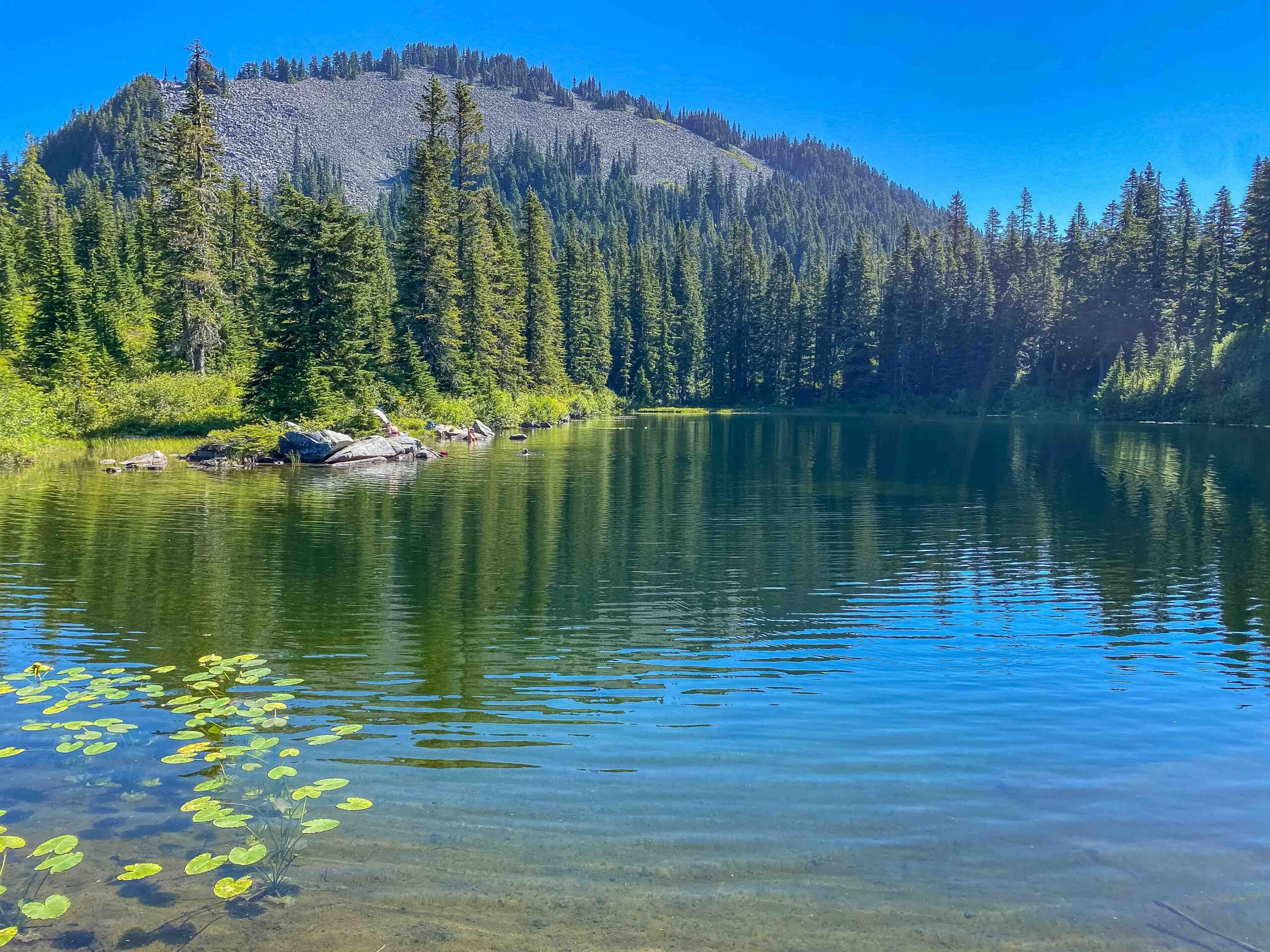
How Guiding Intentions Can Transform Your Adventures
When most people prepare for a multi-day adventure—whether it’s a trek to Everest Base Camp, Bhutan’s Snowman Trek, or the Tour du Mont Blanc—their focus tends to be on the big, external goals: reaching the highest point, completing the route within a certain timeframe, or logging a specific number of miles each day.
Those goals are motivating, but they’re also at the mercy of factors beyond our control, such as weather, group dynamics, trail conditions, or altitude. If all our meaning comes from the “finish line,” what happens if something prevents us from arriving?
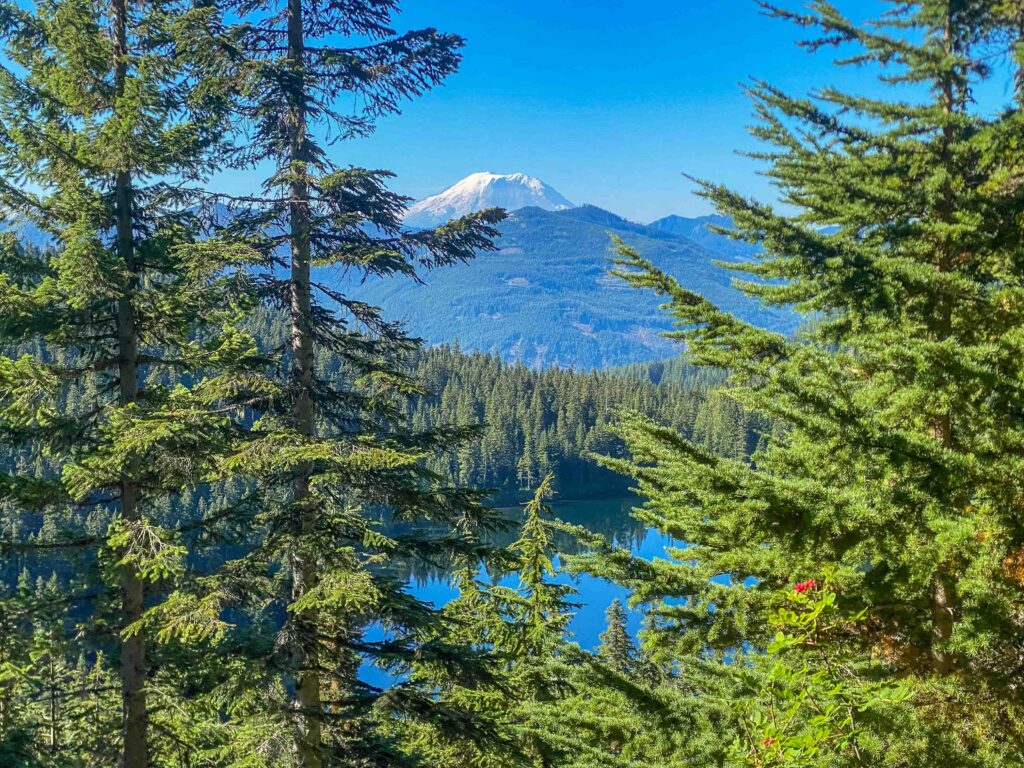
That’s where guiding intentions come in. These are small, personal commitments you make to yourself, often inward-focused, that shape how you approach the journey. They might sound simple:
- “Meet someone new each day.”
- “Nasal breathe as much as possible while hiking.”
- “Spot five unique things for good photo opportunities.”
- “Practice gratitude for whatever happens.”
- “Listen for and learn how to identify one new bird (or plant).”

Whatever you are presently focused on, you can make headway on your goals by being mindful and deliberate. These are not “settling” or “second best,” these are what really matters most to you. Keeping them in mind can completely change your experience, not matter the outcome.
How Guiding Intentions Work
Unlike traditional goals, guiding intentions are about how you move through your trip, not just what you achieve.
A group may be aiming to do “X miles in Y time,” but each person can set an intention tailored to their priorities or struggles. For one person, that might be to keep their heart rate in a certain zone. For another, it might be to hydrate more frequently.
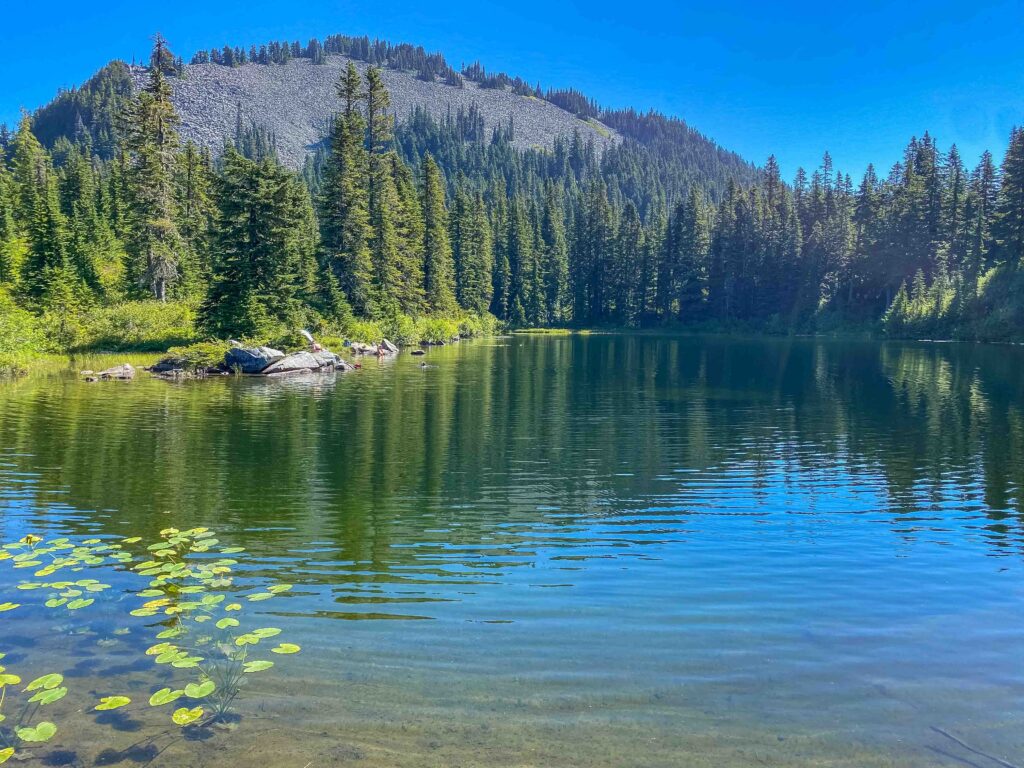
Because intentions are internal and personal, they:
- Personalize the journey, allowing each person to measure success on their own terms. One person might choose to nasal breathe while a second might choose to go with only one trekking pole instead of two and a third may be on their longest and hardest hike ever, so finishing is an accomplishment in and of itself.
- Stay relevant even if external conditions change. If someone gets sick and the trip is cut short, it can still meet a person’s intentions and provide meaning.
- Keep focus on what’s controllable—your mindset, your actions, your breath. Regardless of the pace or time, we can always work to control our attitude and outlook.
Stories From the Trail
Over the years, I’ve seen guiding intentions bring meaning and satisfaction to trips of all kinds.
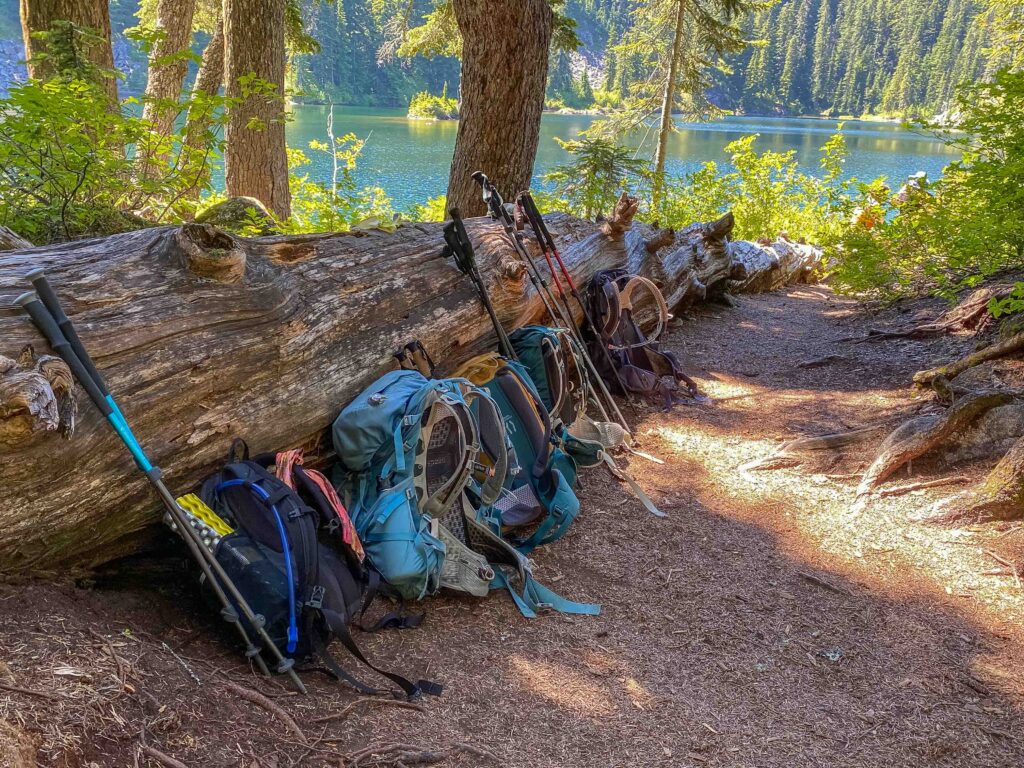
Two clients on recent Everest Base Camp treks focused on setting a unique intention each day. An Aconcagua climber made staying hydrated his primary focus—critical at high altitude. A friend on a recent K2 Basecamp trek started each day with gratitudes toward the members of the group she traveled with, regardless of the weather or the group’s pace.
And sometimes, intentions evolve into new goals. One of my hikers practices nasal breathing for each of her hikes—start to finish. She finished our recent hike with extra energy in the tank and asked if she could join a faster-paced trip the next week. Her initial intentions and progress built the foundation for trying a new challenge.
My Own Experience
While I’ve suggested intentions to many of my clients, I’ve also seen their value firsthand.
On a hike I recently led to Rainbow and Island Lakes, I set two guiding intentions. The first: to provide my team with enough knowledge about the heat wave so they could come adequately prepared with proper fuel, electrolytes, and water. I made sure I carried an extra gallon — which ended up coming in handy. The second: rather than wading, I decided if we had enough time, I’d actually go in for a swim. What a delight!
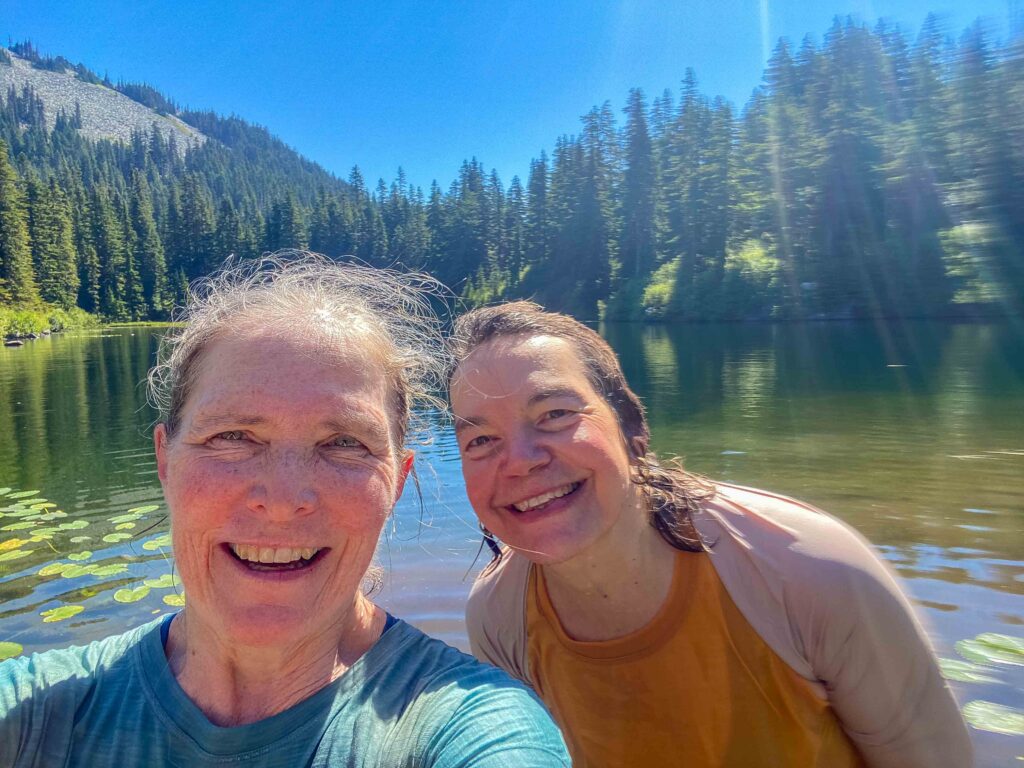
The result? We were later getting home than I prefer, but everyone finished on their own two feet, smiling. The slowest participant—who set a personal distance record—gave me a hug and said, “Higher, farther, more than I’ve ever done.”
That moment mattered more than the clock or the mileage. My guiding intention had turned into someone else’s personal victory.
How to Choose Your Own Guiding Intention
The process doesn’t have to be complicated. In fact, simplicity is key.
- Visualize the trip ahead – Think about the route, the challenges, and your past experiences.
- Identify possible sticking points – Where might you struggle? Altitude? Fatigue? Nerves? Staying present? Energy?
- Match an intention to that need – Choose something that will help you feel calmer, more focused, or more connected.
- Check in the morning of your adventure – Guiding intentions are flexible. You can adjust yours based on how you feel that day.
- Use your intention to re-center – When you hit a tough stretch, return to your intention. It’s a built-in compass for your mindset.
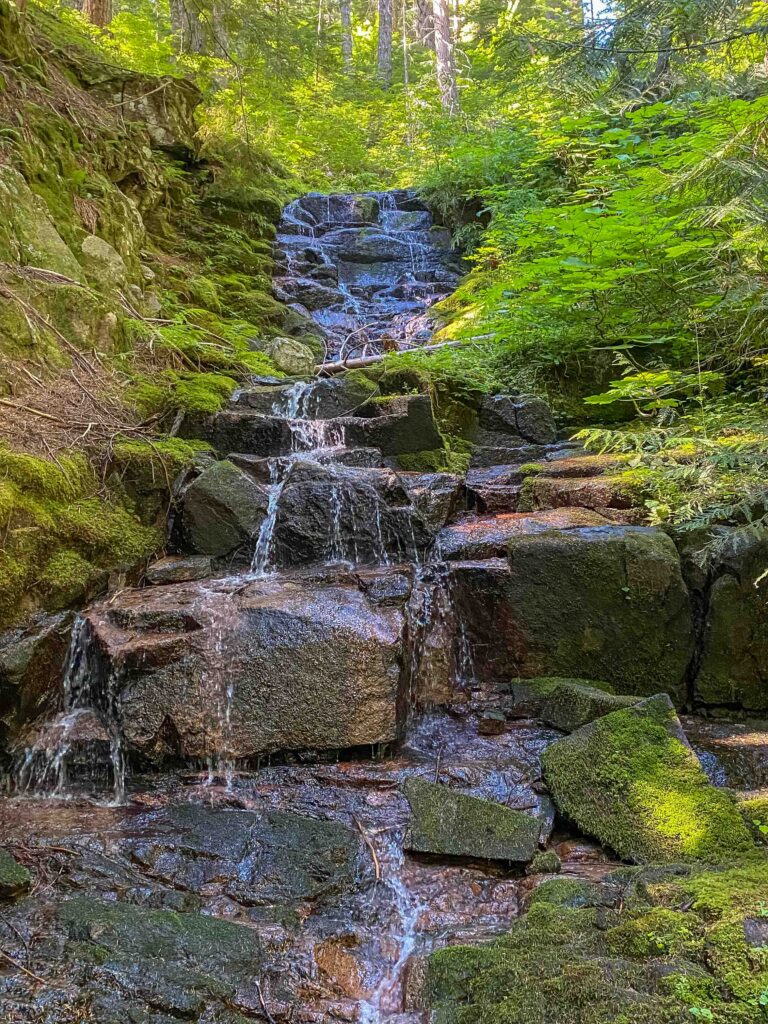
A few examples:
- Nervous before a big day? Set an intention for deep breathing, focusing on longer exhales.
- Skipped a good breakfast? Intend to snack more often to keep your energy steady.
- Teaching something on the trail or in camp? Let go of your notes and connect directly with your participants.
The Deeper Payoff
When the trip is over, guiding intentions give you more than just a highlight reel of views and mileage. They leave you with a sense of personal accomplishment that isn’t dependent on the weather, the group’s speed, or whether you reached the summit.
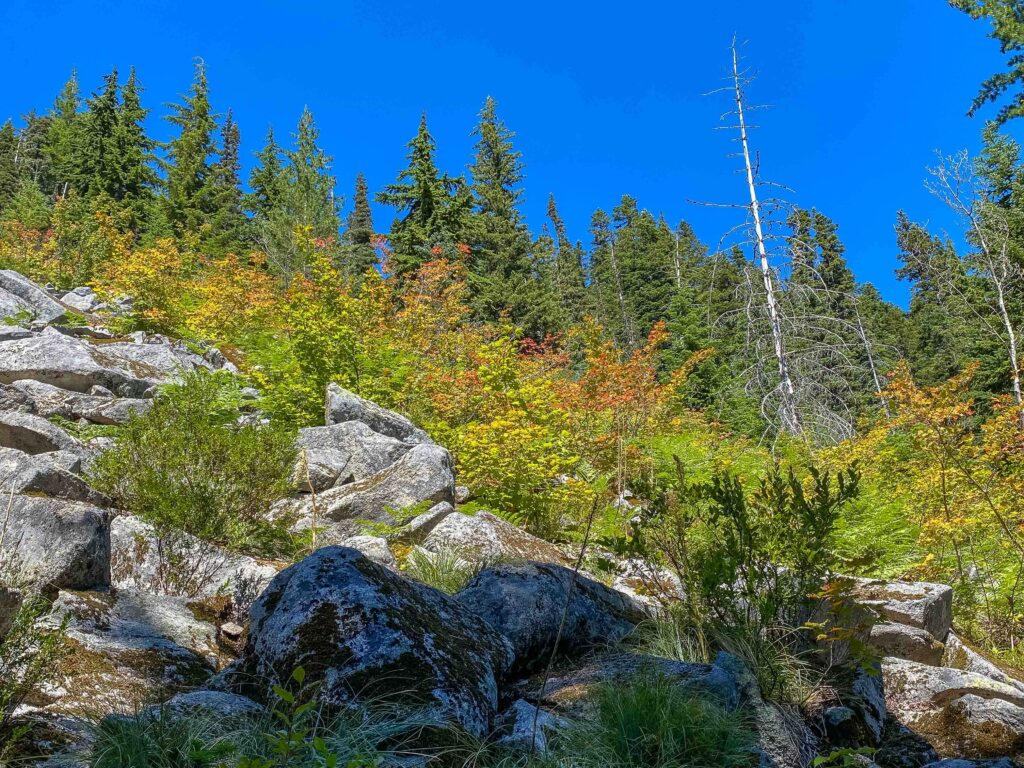
Even if the itinerary changes, the trail gets rerouted, or you don’t hit the “big goal,” you’ll have a success story to tell—because you stayed true to the purpose you set for yourself.
And in the end, that might be the most important thing you carry home.

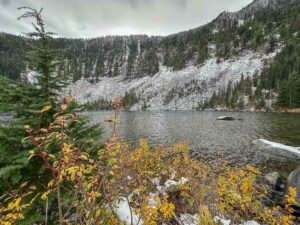

Excellent perspective, Court. Reminds me of the advice to focus on the smaller circle. 🙂 I’m so grateful for you, and for sharing the ways in which you are growing. Hugs! Jeanne
Thanks for your comment, Jeanne! Definitely overlaps with the “circle of control” and gives us a way to move forward with grace and more ease. Keep on writing!